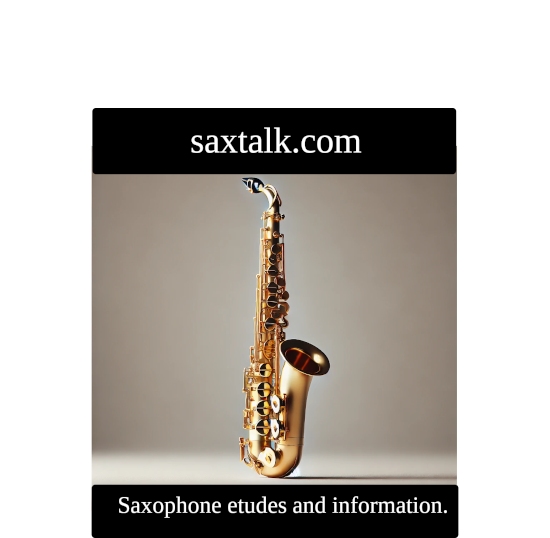What is solfege and what problem does it solve?
Solfege is a music education method used to teach pitch and sight singing in Western music. It's a system that assigns specific syllables to the notes of the musical scale. The most common solfege system uses the syllables Do, Re, Mi, Fa, Sol, La, Ti, and Do (again) to represent the major scale's notes in a sequence. This system can be movable (movable-Do solfege) or fixed (fixed-Do solfege).
Movable-Do Solfege
In the movable-Do system, the syllable "Do" corresponds to the tonic of whatever key the music is in. For example, in the key of C major, "Do" would be C, but in the key of G major, "Do" would be G. This approach helps singers and musicians internalize the relative pitch relationships within a key, facilitating easier modulation (changing keys) and understanding of music theory concepts.
Fixed-Do Solfege
In the fixed-Do system, the syllables are always associated with the same pitches, regardless of the key signature. Here, "Do" is always C, "Re" is always D, and so on, similar to the letter naming system (C, D, E, F, G, A, B) used in English-speaking and other countries. This approach is beneficial for learning absolute pitch relationships and is commonly used in countries with Romance languages.
Problems Solfege Solves
Solfege addresses several key issues in music education:
Pitch Recognition and Memorization: It helps students understand and memorize the relative pitches in a scale, making it easier to recognize melodies and harmonies.
Sight-Singing and Ear Training: Solfege is an effective tool for developing sight-singing skills, allowing musicians to read and sing music they have never seen before accurately. It also enhances ear training, aiding in the recognition of intervals and chords.
Music Theory Understanding: By using a system of relative pitches, students can more easily understand the structure of music, including intervals, chords, and key signatures.
Versatility Across Musical Contexts: Especially with movable-Do, musicians can adapt to different keys more easily, making it simpler to transpose music and understand its structure across various tonalities.
In essence, solfege is a foundational component of music education that enhances a musician's ability to understand, interpret, and perform music, addressing fundamental aspects of musicality and theory.
